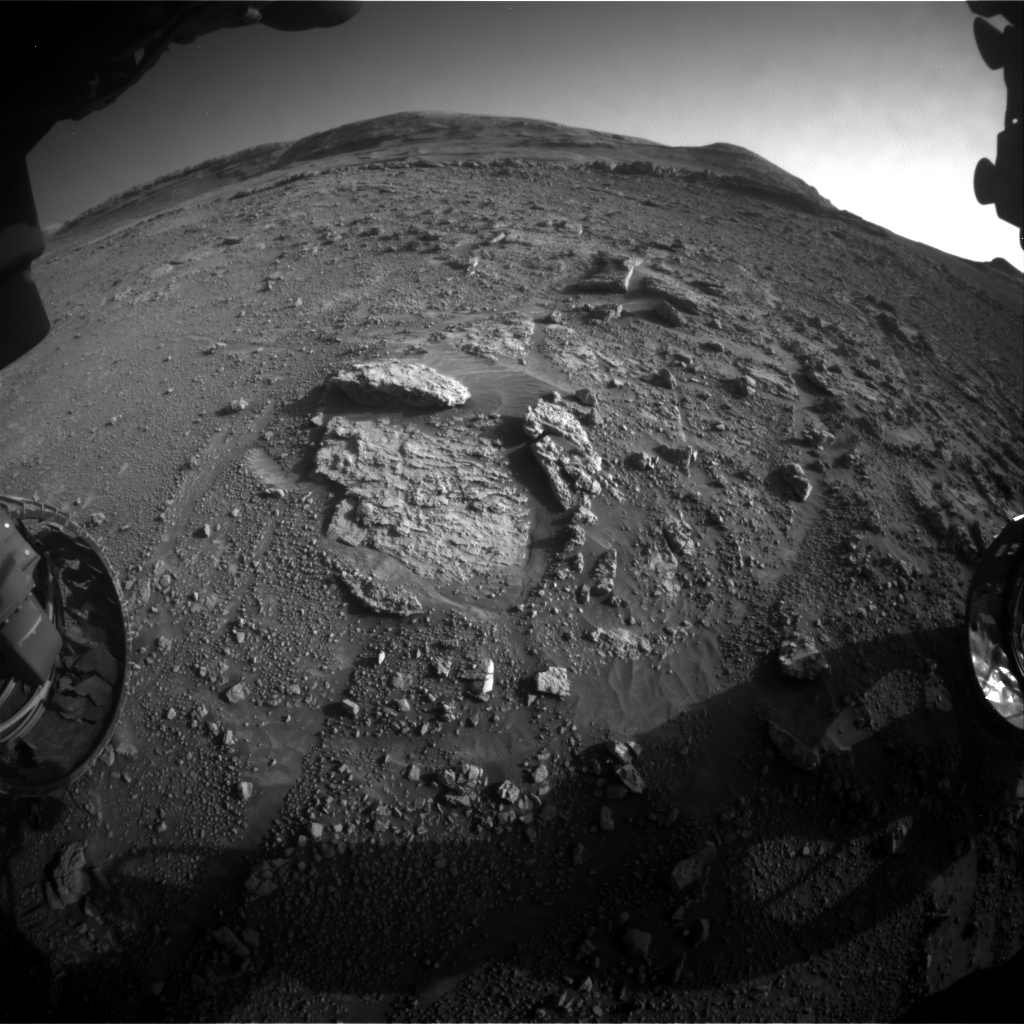I'd forgot about the aim to leave the tubes unsealed. Clearly a lot of questions about the geology outside the crater that require further investigation, and with few tubes, it makes sense to be selective. With sample return not close to having a date, I guess they can afford to take their time.
paulhammond5155
Unfortunate that we can’t retain this small fragment when we gather the next core
I can see why they'd want to isolate cores for return to earth, but I'm sure they'd prefer to have a larger sample. Be interesting to see if they attempt to get a bigger core at this location using the same tube as it basically be the same material, maybe we'll see an attempt to shake that fragment out of the tube before trying again, or seal the sample and move on.
Have they sealed the last sample tube yet? I can't remember seeing images of it being sealed
I guess one option would be to leave this tube unsealed in the cache and decide later to stack another core on top?
Decisions decisions :) Too many choices :)
~~As you say 'It is hard to tell', but going by the reflected light inside the tube in one of the CacheCam frame we have at this time, I'm assuming that that core fell out before it reached the imaging station inside the rover. More images needed :)~~
Update Edit after more images arrived:
Looks like I was wrong, there appears to be a small fragment in the bottom of the tube

Did this short drive really take 1 hour?
The data shows that duration.
We can usually trust this data, although the JSON data is occasionally revised and the JSON updated, after the team have checked the data, but that's rare from what I've observed.
The data is provided by JPL, in their post drive Traverse JSON URL.
That JSON reports the mission clock time in seconds (since landing).
It reports the start-of-drive (SCLK_Start) and end-of-drive (SCLK_End).
The difference between the two timestamps for this drive is 3504 seconds, or 58.4 minutes
I'm assuming the rover paused at some point during its drive although there are no mid drive images (so far), the clock keeps running during pauses for imaging or hazard avoidance.
I don't see any hazards, except for the small boulder to the side of the rover at the start of the drive. I've checked the RMC numbers on all the images we have so far from sol 1551, and I don't see any mid-drive images.
There may be some further images that are still on the rover (yet to be downlinked), so let's assume that it paused to drive around that rock (see attached pre-drive HazCam tile)

I hope I’m better at geology than poetry.
Your geology and poetry are way better than mine :)
Good one 🤣🤣🤣
I'd hazard a guess that is why they returned to this area. Yes the rock is readily fractured, but possibly better cemented than those further west and south. We'll see if they try a new abrasion or just go for a core :)
Just in case you'd missed it: You can turn parts of the map on and off on the Berlin map, eg those camera icons and the rover's current location + See this screen shot

It's a good map, very useful :)
https://lemmy.world/u/SpecialSetOfSieves
May be of some interest :)
Kathir et al: "Multispectral Observations of Float Rocks Used to Investigate the Origin of Boulders on the Western Jezero Fan Front"
https://doi.org/10.1029/2024JE008702
(posted by one of the guys I follow over on Mastodon) :)












👍